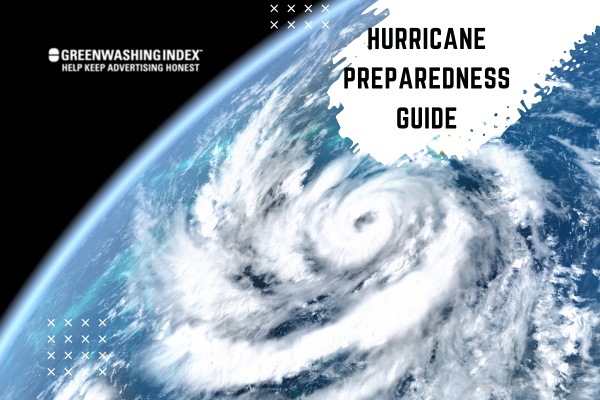When the sky turns dark, and the wind begins to howl, I know it’s not just any storm—it’s a hurricane. And with that powerful roar comes my immediate thought: Hurricane Preparedness. If you’re living where these big storms hit, being ready can mean the difference between safety and disaster. Let me grab your hand and walk you through getting prepared because when the news says “HURRICANE,” we need to be ready.
If someone asks me about getting ready for a hurricane, I tell them this is serious business. We have got to make sure we’ve got everything we need—food, water, a safe place—and know exactly what to do when that storm comes knocking.
It’s not only about having things; it’s also about making smart choices quickly. This isn’t some small rain shower; hurricanes can change everything in minutes. So, let me show you how to be as strong as your home should be when facing such a mighty wind.
The Basics of Hurricane Preparedness
Hurricane preparedness is like making a game plan before a big storm hits. It’s like knowing you’ll need a raincoat and boots if it rains, but way more serious. People do this because hurricanes can be very dangerous and can break things, flood homes, and even hurt people. It’s about being ready for these big storms so we can stay as safe as possible.
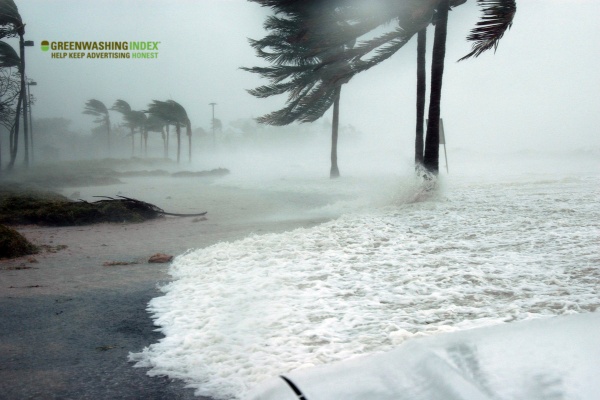
When I talk about hurricane preparedness, I mean getting myself, my family, and my home ready for a big storm that could cause a lot of trouble.
Here’s what being prepared involves:
- Staying Informed: I always keep an eye on the news or listen to weather updates. Knowing what’s coming helps me to get ready.
- Emergency Kit: This is like packing for an adventure but with items that can save lives. Things like water, food that doesn’t spoil fast, flashlights, extra batteries — they’re all super important.
- Safety Plan: Hurricanes might make it necessary for me to leave my home suddenly or move to a safer spot inside the house. A good plan tells everyone where to go and what to do when the wind starts howling.
- Protecting My Home: This means making sure my house is as strong as possible. Sometimes, pieces of wood are put over windows so broken glass doesn’t fly around. Or making sure nothing outside can blow away and crash into something else.
- Insurance Check-Up: I also make sure that my insurance covers hurricane damage because fixing things after a storm can be costly.
Why is all this critical? If I’m not ready for a hurricane — if nobody is — then many people could get hurt or lost without food or shelter when the hurricane comes.
Impact of Hurricanes on Communities
Hurricanes are powerful storms, and they don’t play nice with communities. They come in with strong winds and heavy rains that can tear houses apart or flood entire neighborhoods.
Here’s how they can affect communities:
- Homes Get Damaged: Roofs might fly away; walls might fall down; floodwater might ruin everything inside houses.
- Power Goes Out: No electricity means no lights at night, no way to keep food cold, and no charging phones to call friends or family.
- People Might Get Hurt: Without proper shelters or if caught outside in the storm, people may be injured by flying debris.
- Businesses Close Down: Stores where we buy food or clothes could shut down because of damage or lack of power.
This shows how much every community needs to work on their hurricane preparedness plans before the sky turns dark with storm clouds.
Remembering these points will help keep life from turning upside down when nature sends those strong winds our way. Staying informed, creating an emergency kit, and planning upfront with loved ones solidifies our readiness against hurricanes—it saves properties and lives while stitching resilience into the fabric of communities bracing against nature’s tests.
Also Read: How to Start a Compost Pile: A Beginner’s Guide
Mastering Your Hurricane Preparedness Gameplan
Hurricane preparedness is like getting ready for a big test. I need to study and be ready before the test day comes. In the same way, I’ve got to be prepared before a hurricane shows up. It’s not something I can cram for at the last minute.
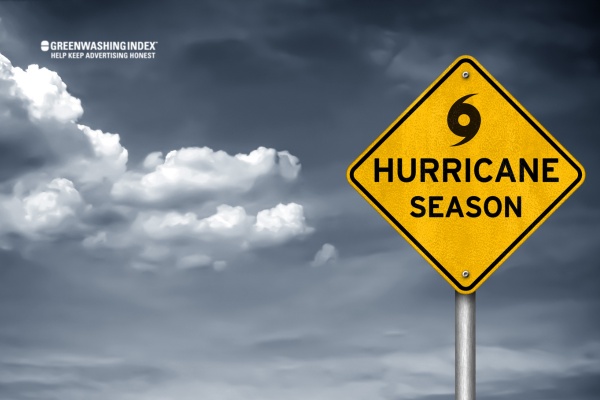
Knowing When To Act
Being ready means knowing when to start my preparations. I listen closely to weather reports on TV or online, especially during hurricane season, which is from June to November. Here’s what I do:
- Check the Weather Regularly: Every day, I look at the weather news. If there’s a hint of a storm brewing, I pay extra attention.
- Understand Alerts: There are “watch” and “warning” alerts during storm times:
- Hurricane Watch: This means a hurricane could happen in my area within 48 hours.
- Hurricane Warning: This indicates a hurricane is expected within 36 hours. Once there’s a watch alert, that’s my signal to start putting my plan into action.
- Know My Area: Some places get hit harder by hurricanes than others (like being closer to the coast). So, it helps for me to know if my home is in such an area because that means I have less time when warnings come up.
- Follow Official Guides: Local authorities often tell us what we should do during storms and when it’s time to get moving if we need to leave our home (that’s called evacuating).
- Weather Apps Can Help Too: Sometimes, when I’m busy and might not catch the news on TV or radio, having an app on my phone set up with alerts can keep me informed.
By keeping track of these things early, it gives me enough time – ideally several days – before any storm hits.
Essential Supplies for Hurricane Preparedness
I also know that having certain supplies at home well before any hurricane arrives is critical, too:
- Water: At least one gallon per person per day for several days – this will cover both drinking and sanitation needs.
- Food: Having enough non-perishable food items for each person in your household that will last at least three days.
- Can Opener: If your food supply includes canned goods, don’t forget you can’t open them without a manual can opener!
- Flashlights & Batteries: Power might go out, so flashlights are better than candles, which could cause fires if things go wrong.
- Battery-Powered Radio: It keeps me informed about the news without needing internet or electricity (a hand-crank model works here too).
- First Aid Kit: This has all those necessary items like band-aids or ointments needed in case someone gets hurt while we’re holed up inside.
- Medications: Everyone who takes medicine regularly MUST have enough of their meds stocked up beforehand since pharmacies might close down around stormy weather times.
- Personal Hygiene Items: Things like soap/toothpaste/toothbrushes help everyone stay clean even if water lines stop working temporarily due to storms..
- Phone Chargers & Backup Batteries/Power Banks: Keeping communication devices running can be life-saving when trying to find out information or telling others you’re alright.
- Important Documents Protected (like insurance papers): Keep them safe in water-resistant containers because replacing them after they’re destroyed isn’t easy.
- Extra Cash on Hand as ATMs Might Not Work
- Plan For Pets, Too! Dog Food/Cat Food or anything else pets need because they rely on us completely!
By preparing all these things ahead of time—the essentials—I make sure that whatever comes our way during one of these big storms, we’ll have what we need until it passes over us and everything returns back to normal again after the sky clears up!
Also Read: Eco-Friendly Paper Towels: A Composting Guide You Need
Sturdy Stepping Through Storm Season
Living in an area prone to hurricanes means I’ve had to learn a thing or two about weathering the storm. I want to share some crucial tips on ‘hurricane preparedness’ that will help you fortify your home against these powerful forces of nature.
Hurricane Proofing Your Home
Securing and protecting my house is always at the top of my hurricane preparedness plan. It’s not just about putting up shutters; it’s a thorough process that takes time and attention. Here’s how I make sure my home is as hurricane-proof as possible:
- Inspect The Roof: I start by checking the roof, looking for loose tiles or shingles. A strong wind can easily rip these off if they’re not properly fastened.
- Clean Gutters and Downspouts: Cleaning the gutters helps prevent water damage to my house during heavy rains that come with hurricanes.
- Install Storm Shutters: These are lifesavers for windows during high winds and flying debris.
- Reinforce Garage Doors: The garage door is often overlooked, but it can be vulnerable in a storm, so reinforcing it can prevent a lot of damage.
- Trim Trees Around The House: Cutting back tree branches keeps them from becoming dangerous projectiles.
- Secure Outdoor Items: I bring in outdoor furniture or tie down anything too big to move inside so they won’t blow away or hit the house.
- Check Insurance Coverage: It’s important for me to review my homeowner’s insurance policy before hurricane season starts to ensure I’m covered for any storm damage.
- Prepare an Emergency Kit: This kit has all the essentials like batteries, flashlights, food, water, medications—everything I might need if services are down after a storm hits.
By following these steps meticulously every season, I keep myself one step ahead in terms of ‘hurricane preparedness’.
Developing Your Evacuation Strategy
When it comes to evacuation planning as part of my hurricane preparedness efforts, being detailed and having clear steps well ahead of time is vital for safety:
- Know My Zone: Understanding evacuation routes based on actual maps—not guessing—is important because sometimes roads close when hurricanes hit hard.
- Plan Early: Waiting until the last minute means getting stuck in traffic with everyone else trying to leave too late.
- Pack A Bag: Having a bag ready with personal documents like identification papers, insurance policies, and emergency contact numbers ensures that critical paperwork isn’t left behind.
- Arranging transport: If you don’t have your own car, make arrangements beforehand, whether that be asking friends, family, or local shelters what options are available
- Practice Route: Actually, driving practice runs along the chosen route helps because, under stress, it’s easier to forget directions and cause confusion, so practice makes perfect
- Decide On Meeting Point: if separated from family members during a chaotic rush, meeting spots previously discussed help reunite a far less stressful process. It’s essential
- Pets Matter Too: Planning also includes pets making sure their needs are taken into account regarding food and shelter
- Stay Informed: Keeping track of forecasts updates government advice central successful evac strategy they give timeliness safety measures knowing when leaving critical success
Having this strategy laid out gives me peace of mind, knowing both myself and my loved ones are more secure when facing incoming hurricane danger. Being thoroughly prepared isn’t just smart—it’s necessary to stand against the unpredictability of Mother Nature’s storms.
Also Read: Compost Bugs: Deciphering the Good from the Bad
Tactics During The Tempest
When a hurricane is on its way, we all feel worried. But what should we do when it actually hits? This part is about what to do in the middle of the storm, using hurricane preparedness to keep us safe.
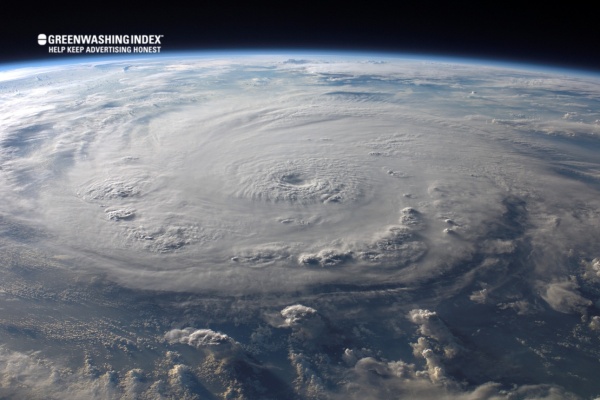
What To Do When A Hurricane Hits?
During a hurricane, things can get scary really fast. But keeping cool and remembering your hurricane preparedness plan is key. Here’s what you should do:
First off, stay inside and away from windows, glass doors, and skylights. Breaks and flying bits of glass can be one of the biggest dangers during a storm.
Find a safe room in your home, preferably without windows. A bathroom or closet in the middle of your house can be a good spot. If you are under threat from floods as well, make sure this room is on a higher floor.
Keep your emergency kit close by; it should have supplies like water, food that does not go bad easily, a flashlight with extra batteries, and a first aid kit. Do not forget to pack any medicine you need too.
Stay updated through a battery-powered radio or your phone (if it’s safe to use). Knowing what’s going on outside will inform you of any immediate actions you need to take regarding hurricane preparedness.
If power goes out—which it often does during hurricanes—use flashlights instead of candles to prevent fire hazards.
In case things get really bad—and I mean when there’s no other option—know how to shut off gas valves in your house. This will help prevent fires after the storm has passed.
Remember: Your safety is most important during these times! Following these tips keeps both you and rescue workers out of unnecessary danger, sticking strictly with proven tactics related to disaster survival techniques.
I know it’s tough, but try not to worry too much – if we all stick closely with our high-priority action plans pooled under ‘hurricane preparedness,’ we’ll have much better chances against nature’s fury. Stay-watchful-persevere!
Also Read: Maggots in Compost: Why They’re Actually Good!
The Aftermath Action Plan
When the wind has died down, and the sky clears, that’s when you start the Aftermath Action Plan. Hurricane Preparedness includes knowing what to do after the hurricane has gone.
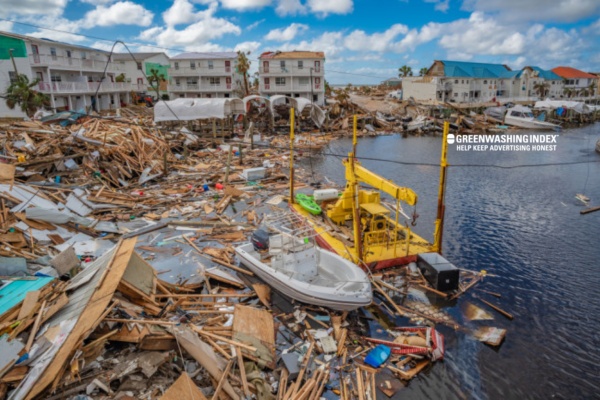
Post-Hurricane Procedures
Hurricane Preparedness doesn’t end when the storm passes. It’s just as important to have a plan for what to do after the hurricane is over. Here’s how you can be prepared for the time following a hurricane.
First and foremost, do not rush outside right after the storm stops. Make sure authorities have said it is safe. There might be hidden dangers like fallen power lines or flooded streets.
Once officials give the all-clear, check on your neighbors, especially if they are elderly or disabled. They might need your help.
Inspect your home carefully for damage. If you see broken glass, exposed nails, or other hazards, clean them up cautiously to avoid getting hurt.
If you have damage, take photos or videos before you clean up. This will help with insurance claims and any aid applications.
If your property is damaged, reach out to your insurance company as soon as possible to file a claim – remember that many others will also be filing claims, so it’s good to act quickly here, too.
Always stay informed by listening to local news for updates about things like water safety alerts and road closures, which can affect how you go about getting back to usual life.
Remember these key steps in your Hurricane Preparedness plan: Stay put until it’s safe; check on each other; assess damages; document everything; contact insurers swiftly; keep updated with news.
Conclusion
Hurricane preparedness isn’t just about getting through the storm itself; it’s about safeguarding your loved ones and the life you’ve built. By understanding what to do before, during, and after a hurricane, you’re taking proactive steps to minimize risks and anxiety. While storms can be unpredictable, your safety measures don’t have to be.
Remember that preparedness is a continuous effort – from staying informed about potential threats to revisiting your emergency plan annually. It’s the persistent attention to detail that could make all the difference when disaster strikes.

